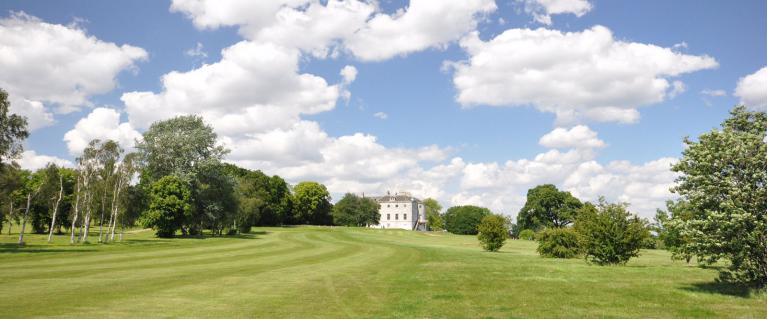
Green Capital grants
The Green Capital grants are part of the Mayor’s Greener City Fund and are supporting large green space projects that contribute to healthier living, improve air quality and water quality, encourage walking and cycling, and enhance biodiversity.
The Mayor has awarded £2.1m of capital funding to six projects across London. Projects started in June 2018 and the Mayor of London funded elements of projects will be completed by March 2021.
A summary of each project is below, with links to more information.
Explore our Greener City Map to find out about all the projects we are funding through the Greener City Fund and how to get involved.
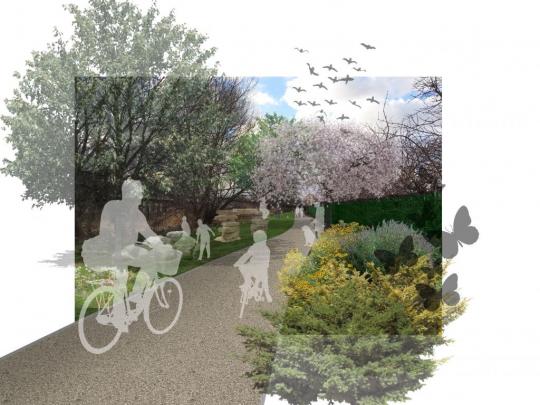
This project involved residents from Thames Ward in Barking in the co-design of a new 2.3 kilometre walking and cycling route working with project managers, Sustrans. The new ‘greenway’ links existing residents with new communities and facilities in the emerging Barking Riverside development. It provides healthy, safe routes to school and access to nature with the construction of the new combined footpath and cycleway. The project created a new linear park with natural play features, places to sit and enjoy an improved riverside landscape and has improved biodiversity.
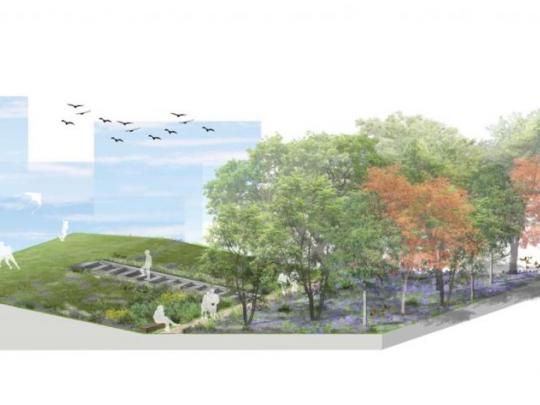
This project significantly improved the quality of Silkstream Park and Montrose Playing Fields which were underused and considered unsafe by residents. Improvements include two new playgrounds, new facilities for football, tennis, basketball, skateboarding and parkour, a new café, events spaces, and a community orchard. The Mayor’s funding has particularly supported improvements to the Silkstream, helping to reduce flood risk by naturalising the river banks, opening up views and access to the river and enriching biodiversity.
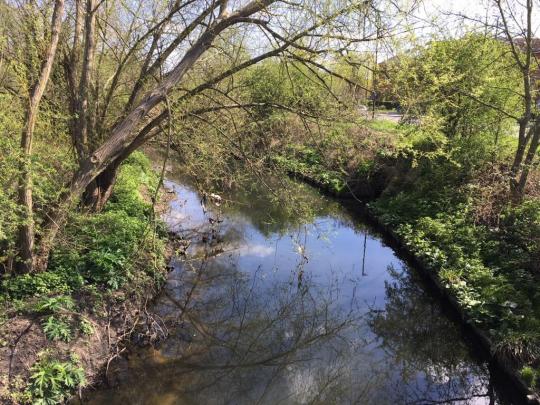
This project transformed 18 hectares of underused and disconnected green space between Greenford Town Centre and Gurnell Leisure Centre to improve accessibility and quality. The scheme has also reduced surface water and river flooding by creating additional flood storage areas, and has improved water quality. The scheme also created new footpaths, opened up views along the riverside and improved biodiversity with new wetlands, meadows, woodland and orchards. A forest school site has been created and is being used regularly by school groups.
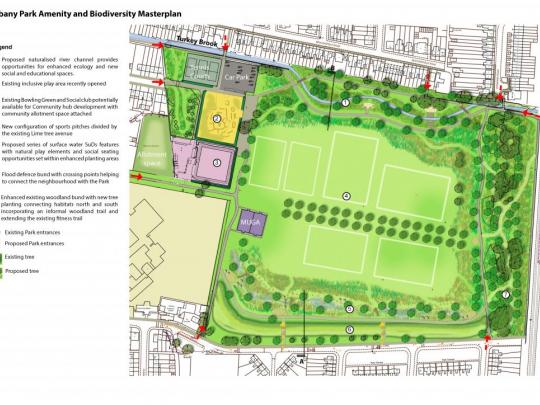
This project has transformed Albany Park by naturalising 350m of Turkey Brook on the northern edge of the park, which was formerly a man-made channel with concrete walls. By excavating a new naturalised channel that brings the river into the park, the project has created a new habitat for wildlife and a diverse landscape for park users to enjoy. This has also created a flood storage area, reducing flood risk to over 200 properties, and over 300 metres of improved footpaths and cycleways.
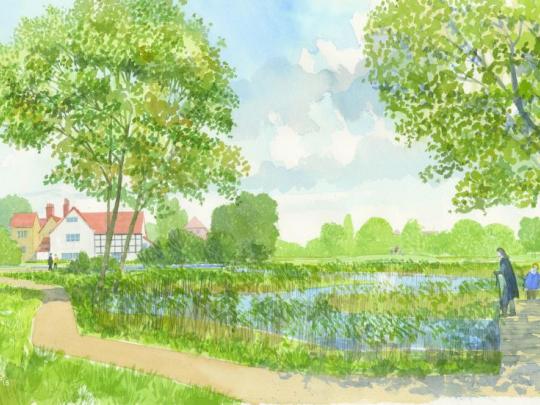
This project has helped preserve the quality of the 14th century moat, a focal point within Headstone Manor Park, by constructing a new sedimentation pond with reed beds to clean the water flowing into the moat. The new wetlands offer pond dipping and outdoor learning opportunities. The project is part of a wider park restoration scheme funded by the National Lottery Heritage Fund. It links the park with the landscape of the adjacent housing development, creating new green links into Wealdstone town centre.
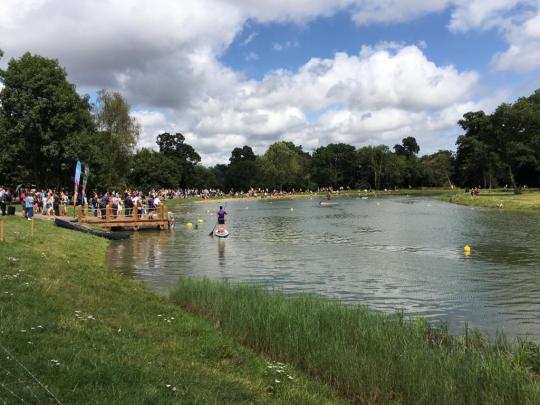
The Mayor’s funding has supported the re-creation of a lake as the centrepiece of the park’s restored Georgian landscape, providing an important new habitat for wildlife and a leisure resource for park visitors. The lake, which was officially opened by the Mayor on 20th July 2019, offers opportunities for open water swimming, an activity increasingly linked to a wide range of mental and physical health benefits, as well as kayaking and paddle-boarding. The lake links to a new wet woodland area, which creates a rare habitat in London particularly beneficial for amphibians.